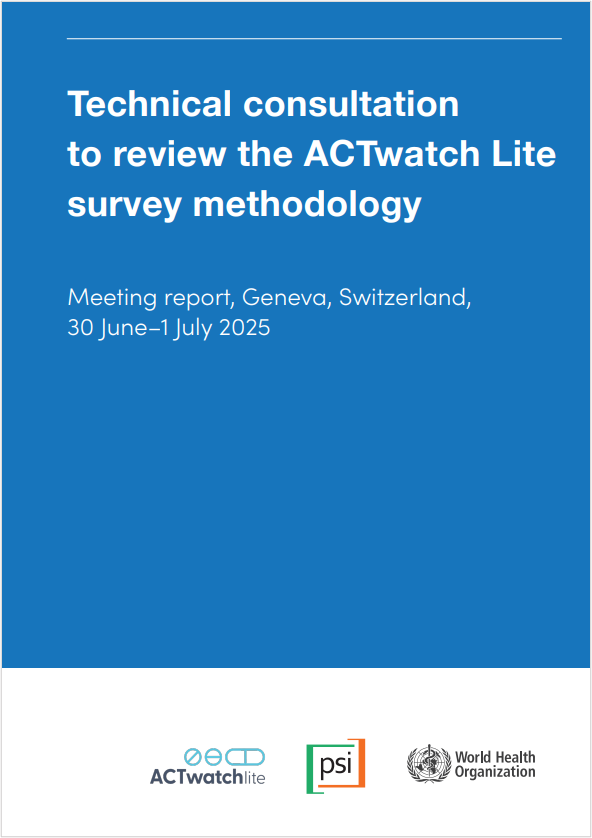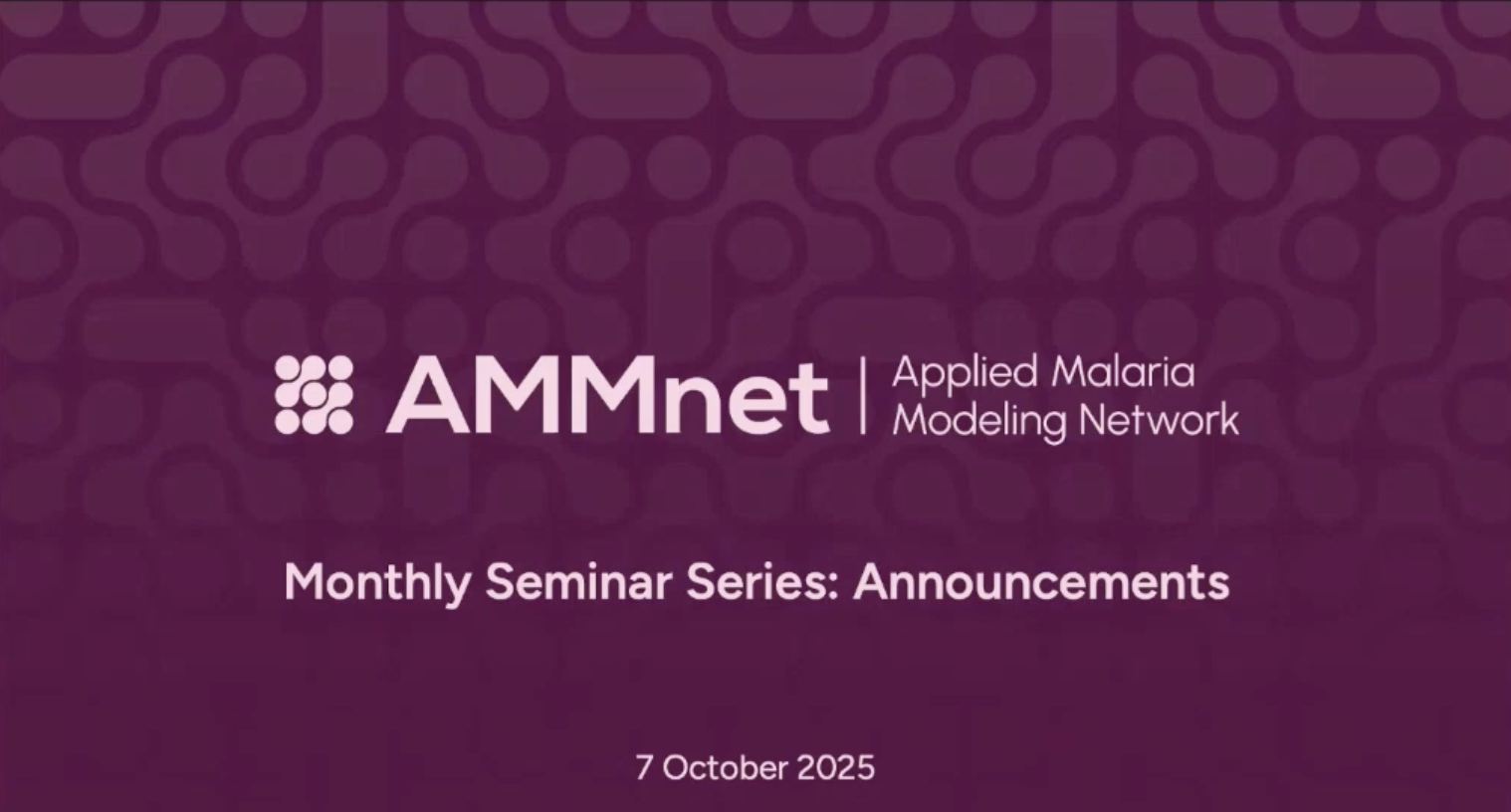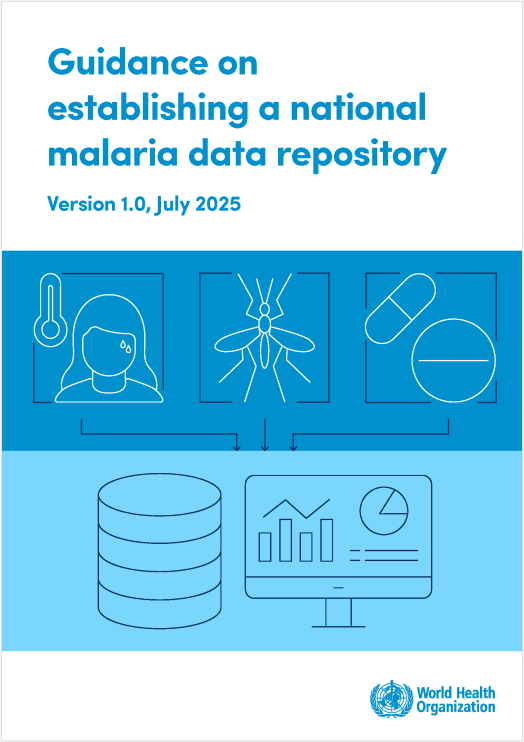Last Updated: 29/01/2025
Identification of malaria risk and improvement of public awareness through citizen science
Objectives
*Original title and text were machine translated from Japanese.
This study will use citizen science to comprehensively observe and visualize Anopheles mosquito breeding sites, improve residents’ risk awareness, and present a new grassroots countermeasure model.
Based on data on malaria infection and environmental factors collected in an epidemiological survey conducted last year as a baseline, a malaria risk analysis was conducted to provide reference data for risk using a citizen science approach. In particular, by combining data from a continuous follow-up survey using a prospective cohort conducted in a separate project, a risk assessment was achieved that considered infection frequency as an outcome and housing materials and socioeconomic conditions as contributing factors. This analysis revealed that there is a risk of infection with different frequencies for each malaria parasite species. This is a noteworthy phenomenon, given the general assumption that all parasite species have an equal chance of transmission. The determining factors are being verified through an understanding of the transmission cycle based on population genetic analysis of the parasite. Regarding the development of the citizen science approach, the results of a proof-of-concept survey conducted last year confirmed that it was possible to grasp risks at a micro level in the region, so this year it was discussed with local health officials and community opinion leaders the compatibility with the local health system centered on community health volunteers (CHVs), and in particular interviewed CHVs about their routine health monitoring activities that have been digitized. In the future, the plan is to further expand the scale of the intervention trial and verify the quantitative effects, as well as continue to verify the possibility of expanding to other diseases in a separate project.
Jun 2022 — Mar 2024
$28,056


